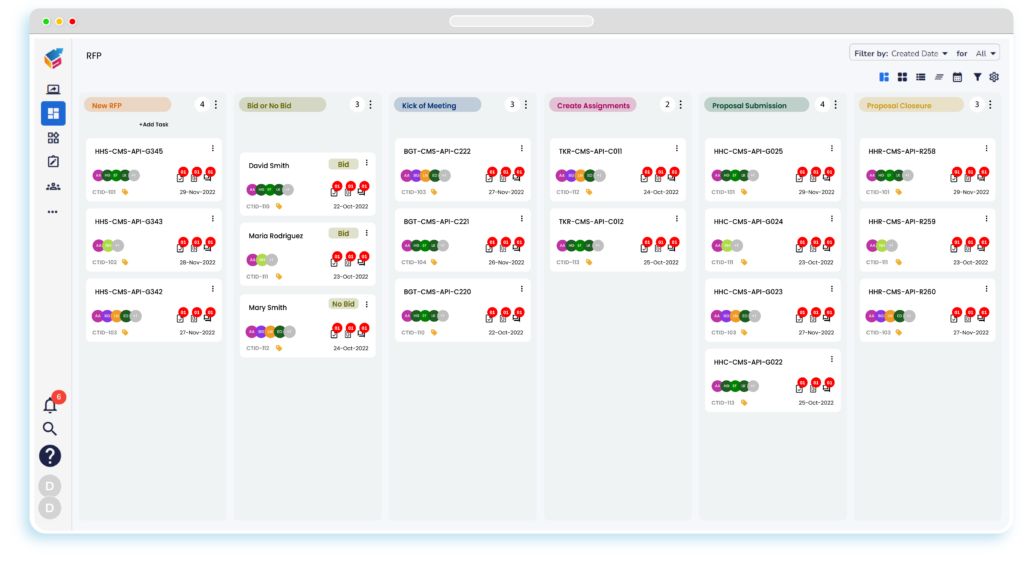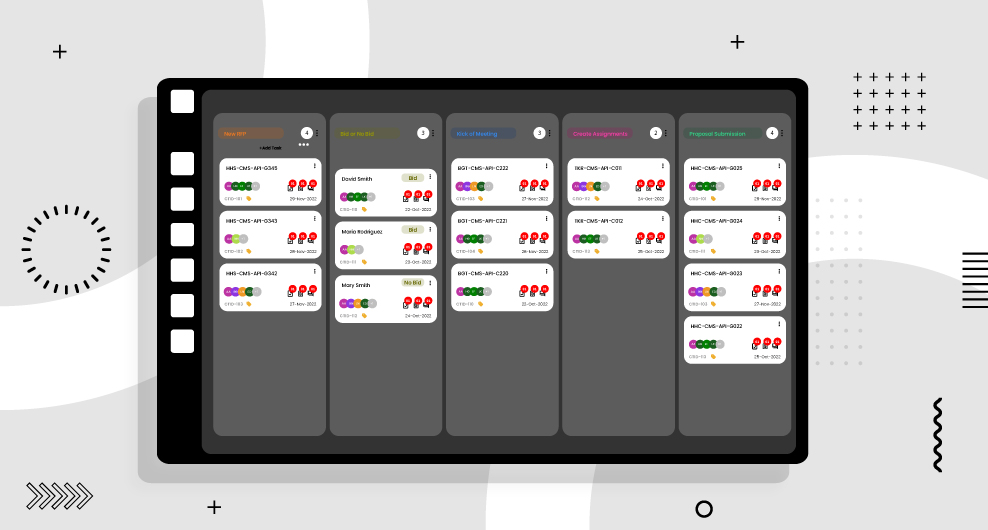Table of Contents
A well-crafted Request for Proposal (RFP) can be a powerful tool in finding the right expertise to enhance your brand’s growth. Without it, selecting the wrong digital marketing agency partner can result in unnecessary costs for services that may not align with your business needs.
This article will guide you through understanding the purpose and creation of a marketing RFP. Additionally, we provide a complimentary RFP template to simplify the drafting process.
What Is an RFP in Marketing?
A marketing Request for Proposal (RFP) is a written document that businesses use to solicit proposals from marketing agencies and freelancers for a specific project or ongoing partnership.
Businesses can distribute these RFPs to targeted agencies, online communities, industry directories, or publish them online for broader visibility. Interested parties respond by providing quotes, detailing their suitability and experience, outlining timeframes, and sharing contact information. This information helps the requesting company evaluate and select the most suitable vendor.
Alternatively, some businesses opt for a less formal process where a project manager or team leader independently researches and identifies potential vendors before reaching out to them via phone or email.
Why Issue an RFP?
Using an RFP is a quick and efficient method to secure expert marketing assistance. When potential agency partners approach you through an RFP, it not only saves you time but also facilitates valuable connections and expedites the launch of effective campaigns.
Compared to a less structured approach, RFPs offer several advantages:
- Increased Efficiency: A formal, standardized procurement process ensures that agencies receive all necessary details and respond with relevant information. This streamlined process accelerates decision-making and communication, allowing you to launch your project sooner.
- Expanded Reach: RFPs introduce your business to vendors beyond your existing network. This presents an opportunity to cultivate valuable relationships with service providers you may not encounter otherwise.
- Access to Vetted Solutions: Many organizations that curate lists of vendors evaluate applicants based on their experience, resources, and expertise. This vetting process enables issuing companies to identify suitable partners more efficiently, leading to better outcomes.
Furthermore, inviting providers to pitch for work fosters competition, which can result in lower project costs.
What Does the RFP Process Look Like?
The RFP (Request for Proposal) process can vary depending on the organization and the nature of the project, but it generally follows a similar structure. Here’s an overview:
- Identification of Need: The process typically begins with the identification of a need within the organization that requires an external solution. This could be anything from a new software system to a service provider.
- Development of RFP Document: The next step is to develop the RFP document, which outlines the project requirements, scope, timeline, evaluation criteria, and instructions for vendors on how to respond.
- Distribution of RFP: The RFP is then distributed to potential vendors who may be able to meet the requirements of the project. This can be done through various channels, such as email, online portals, or procurement platforms.
- Vendor Questions and Clarifications: Vendors may have questions or require clarifications about the RFP. Typically, a question and answer period is provided to address these inquiries and ensure that all vendors have the same understanding of the requirements.
- Submission of Proposals: Vendors submit their proposals in response to the RFP. These proposals outline how the vendor intends to meet the requirements of the project, including details on pricing, timeline, approach, and qualifications.
- Evaluation of Proposals: The organization evaluates the proposals based on the criteria outlined in the RFP. This often involves a review by a selection committee or evaluation team to assess the strengths and weaknesses of each proposal.
- Selection of Vendor: Based on the evaluation, a vendor is selected to fulfill the project requirements. This decision is typically made based on a combination of factors, including the vendor’s ability to meet the requirements, cost, and overall fit with the organization.
- Negotiation and Contracting: Once a vendor is selected, negotiations may take place to finalize the terms of the contract. This can include discussions on pricing, scope of work, deliverables, and other details.
- Award and Implementation: Once the contract is finalized, the project can be awarded to the selected vendor, and the implementation phase can begin. This often involves further planning, coordination, and communication between the organization and the vendor to ensure a successful project delivery.
- Post-Implementation Evaluation: After the project is completed, the organization may conduct a post-implementation evaluation to assess the success of the project and identify any lessons learned for future projects.
Incorporate RFPs Into Your Digital Marketing Strategy

RFPs are a valuable tool for securing the expertise and assistance necessary to reach your marketing objectives. By leveraging RFPs, you can streamline your marketing endeavors, accelerating the achievement of your desired outcomes.
Utilize our YoroCRM’s RFP template to guarantee you collaborate with the ideal digital marketing ally.




